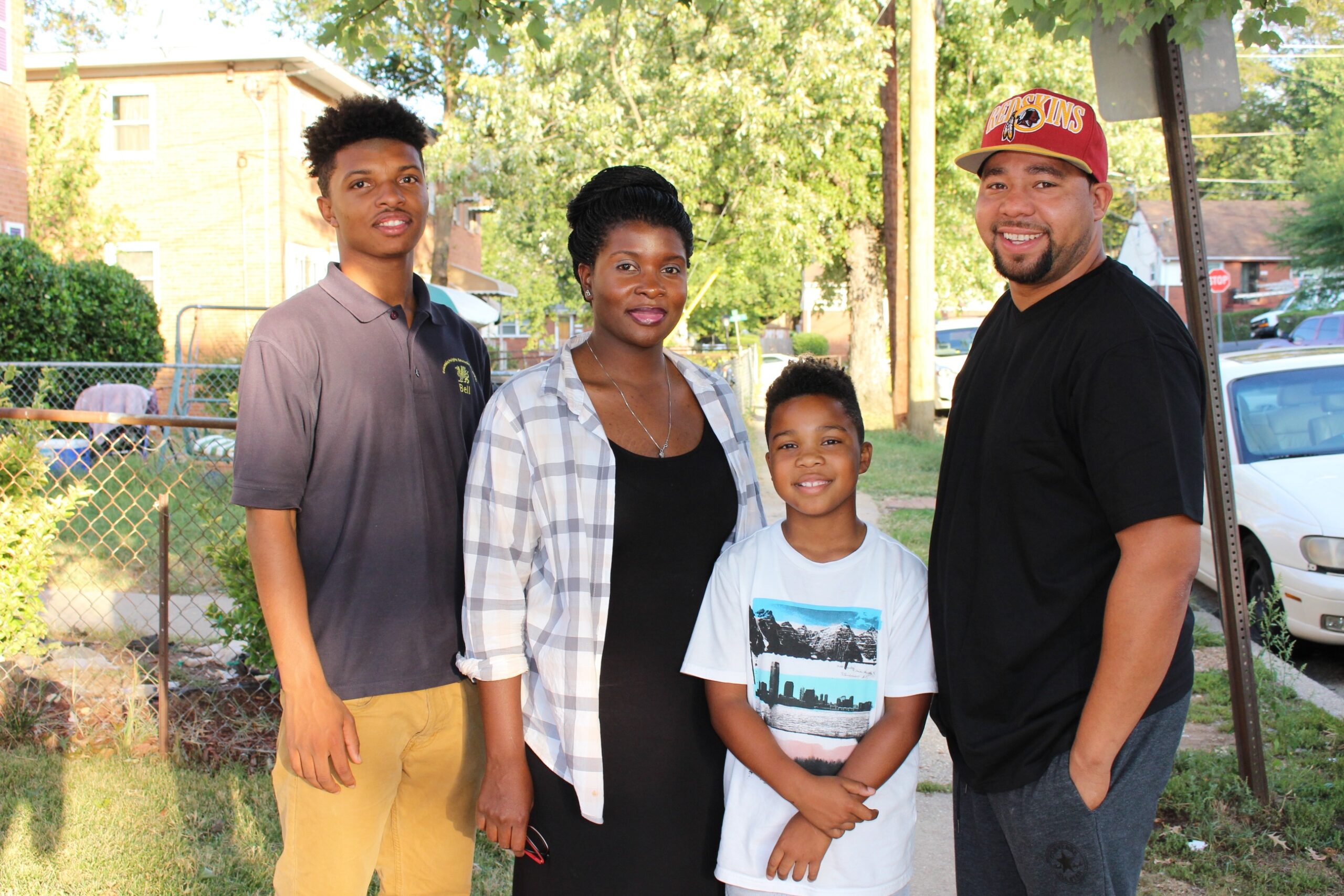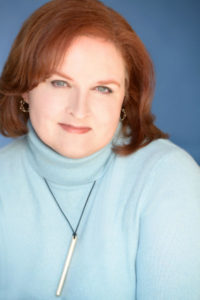Oddly enough, the term “ortho” means “right” or “correct,” but orthorexia nervosa is the exact opposite of the correct way to practice integrative and functional nutrition. According to Steven Bratman, M.D., M.P.H., who coined the term in 1997, a self-test to diagnose orthorexia nervosa includes:
- Spending an exorbitant amount of time thinking about and planning healthy food options even more than one would dedicate time to loved ones and work/school life.
- Being openly judgmental of anyone who eats unhealthy foods.
- Exercising extreme guilt or anxiety after eating unhealthy foods.
- Immediate mood changes based on being unfamiliar or unhappy with the status of whether certain foods are considered “clean.”
- Creating new food rules that drastically reduce one’s food intake.
- Physical changes (ex. hair loss, menstruation changes, skin problems) from malnutrition that are the direct result of losing too much weight.
While someone who shows signs of orthorexia nervosa may initially see themselves as harmlessly trying to live a healthier lifestyle, what they’re missing is two essential factors: self-forgiveness and mindfulness about what they’re eating.
Making mindfulness and self-forgiveness a mandatory invite to the dinner party
“Eating healthy becomes a game of perfection, whether it is about numbers or ingredients or purity of food, it leads to an obsessive mentality around food,” Beiseigel says. “I think all weight management and health plans should teach people self-forgiveness and allowable indulgence. A healthy diet is about living, and you can’t ‘live’ when there are extreme conditions set around what can and cannot be eaten.”
Something as simple as a high-five lowers cortisone, releases dopamine, alleviates stress, and gives a person a natural “high,” according to The Washington Post. Incorporating those high-five days into a nutritional journal could be the motivator to keep your life going in the right direction. And there are other ways, according to Beiseigel, to help stay on the healthy eating wagon—including accepting those days when you may want to jump right off.
Play devil’s advocate with food advice. “I like to play the devil’s advocate with my students,” Beiseigel says. “If they want to argue that X food/ingredient is bad for you, I’ll argue the reverse. I want them to go back and do the research, and come to me with a good argument based on evidence and sound theory. Just as I wouldn’t want a medical doctor to give me nutritional advice based on the latest headlines, I want the same for my students. I want them to be able to read, evaluate, and apply the research to practice and guide them as individuals. Avoid jumping on the latest bandwagon of ‘nutrition science.’ Explain the shades of grey that accompany the many theories out there to guide the client as an individual.”
Avoid getting fixated on nutrition labels. “Weight Watchers is one example of a nutritional program that does a good job with their position that you can have anything, but you have to make it work within your appropriate points,” Beiseigel says. “Obviously, there are ‘better’ and ‘worse’ things to choose and the bulk of food should come from the ‘better’ items. There is still, however, the potential for people to fixate on their points. I don’t want anyone ‘forgetting’ how to read a nutrition label. But don’t fixate on any one number on that label. Put it into context of a whole diet. For example, spinach is a healthy food—it’s low in sodium, high in many essential nutrients, and low in calories. However, that doesn’t mean you should eat it in every meal and every day.”
Spoil yourself within reason. “If it’s the Fourth of July and you want a hot dog, eat the hot dog,” Beiseigel says. “One hot dog, even with all of its nitrites, nitrates, GMO-fed pork, etcetera, will not leave you with any lasting damage or extra pounds. Nor will the chili or the high-fructose corn syrup ketchup you put on top. But if you go home and start practicing for the hot dog eating contest by eating nothing but these and other such highly processed products, now we have an issue. Orthorexia nervosa will leave people stressed out and feeling guilty after eating just one hot dog to the point of not being able to enjoy it—even if that footlong is rare. Choose healthy food most of the time (90 percent) and make allowances for the stress-free, indulgent items without worrying about lasting consequences.”
Recognize the difference between cultural choices and disruptive lifestyles. Some restaurants and chefs have happily embraced healthy eating options. Websites and menus are commonly adding the nutrition information about their food choices. However, for other restaurants, there is no killjoy for wait staff and chefs quite like the vegan, vegetarian, or healthy eating enthusiast who wants to know every ingredient in each menu item before ordering.
But just as clothing shoppers can flip over an apparel tag to find out what a shirt or pair of pants is made of, consumers also have the right to know what they’re eating for a variety of reasons.
“For people with food allergies, not knowing these details can become a life-altering situation,” Beiseigel says. “A vegan or vegetarian who reads every food label because of personal ethical beliefs—but who is not otherwise overly restrictive—is questioning from a rational standpoint. A Muslim who avoids all pork products and asks to ensure religious compliance is not exhibiting an eating disorder. However, if avoidance of X, Y, or Z is due to reasons other than religious/ethical beliefs and is just a starting point that builds to then add in other food restrictions that aren’t very well-founded or disruptive to an individual’s social life, that’s when loved ones should be concerned.”
Tackling health perks and problems with health professionals
Beiseigel does admit that there is an ongoing conundrum between promoting positive food messages that don’t lead to food fears.
“I haven’t figured out how to do that for the masses, so I start with the individual in front of me,” she says.
And one of those steps with that individual is a more honest conversation for everyday patients and their primary care physicians and other doctors. She agrees that treating the causes before they become symptoms of a larger issue may be the best way to help healthy eaters.
“Many doctors and nurses don’t address nutritional issues at all, and yet there are huge nutritional implications for the treatment of many of their patients,” Beiseigel says. “It would be incredibly helpful to patients to get recommendations for dietitians and nutritionists at the first sign of dietary concerns. Or, doctors could choose to partner with dietitians and nutritionists as consultants.
“The same can be said for all practitioners. No one can be an expert in all fields, and we have to stay within our scope and refer to complementary practices. Managing eating disorders takes a multi-disciplinary approach, including medical doctors, nutritionists, and psychologists.”






























































